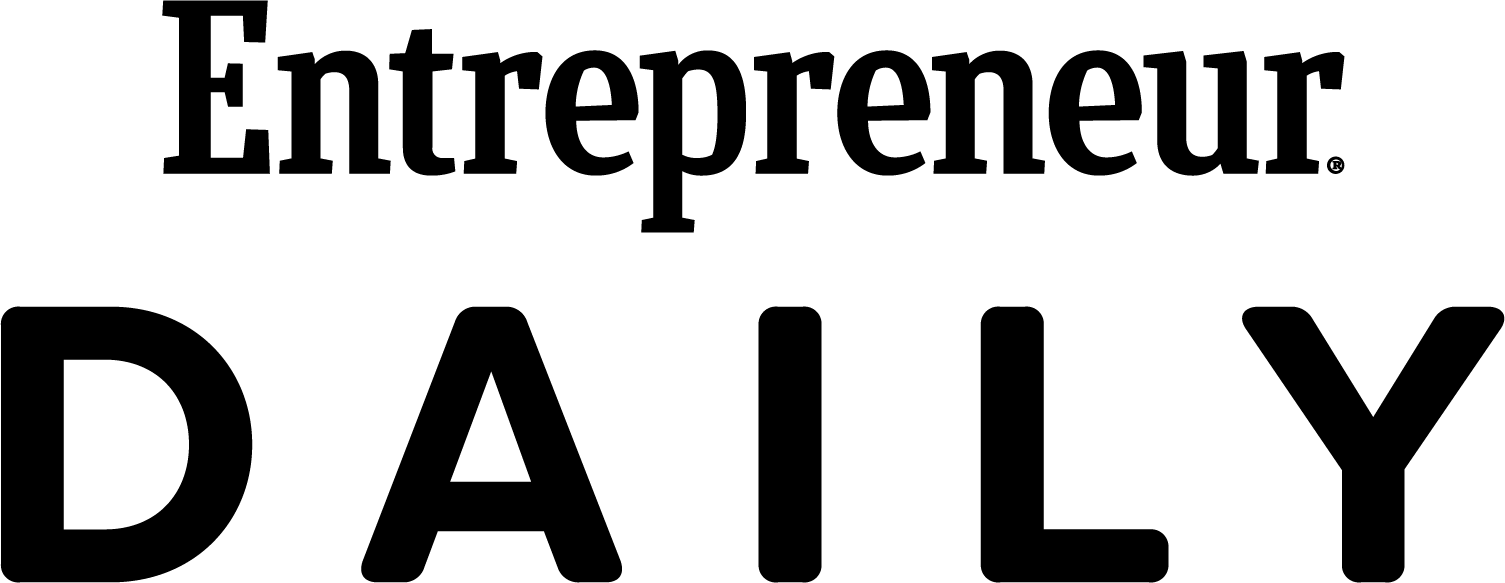Save or Pay Off Debt? How to Weigh Your Options Social entrepreneur and educator Steve Mariotti on the importance of a thorough analysis when it comes to your startup's finances.
By Steve Mariotti •

Q: I'm in school and working, should I use my capital to keep saving for my startup or get rid of all debt first? I'm in debt about $20,000.
- Luis Garcia
Garden Grove, Calif.
A: This is a great question and one I often get from young entrepreneurs. To begin, always focus on asking these three critical questions:
1. What is the expected return on investment? Your return on investment is your profit, divided by your investment, times 100 (to convert it to a percentage). Learn to internalize this equation and use it all the time to help make decisions.
The expected profit (also called return) depends on your alternative investment opportunities and has to be calculated with your perception of risk. This is called the risk/return analysis. In Luis' case, he has one known quantity: his cost of debt per year (interest rate times the $20,000). So he needs to ask himself what is the forecasted return for his cash savings?
Related: 4 Steps for Making Early Financial Projections
He needs to think about what he can make with the cash, versus the alternative of paying off the debt. For example, if he can earn 6 percent and he's paying 5 percent on the debt (or $1,000 a year) then he should keep the debt and make the alternative investment in his business -- thereby making a profit of 1 percent or $200.
This calculation, a.k.a. the cost-benefit analysis, is the essence of basic financial decision making.
2. What is the expected cost of this investment? In other words, what are your assets making versus the cost of your capital? In Luis' case, his asset is his entrepreneurial startup, and his debt cost is the interest on the $20,000. In his case, I am assuming his business could make a profit of 6 percent on his investment.
Related: Starting a Business? Here's What You'll Be Up Against (Infographic)
3. What is the potential risk of this investment? It gets tricky when risk is added into the situation. What are the chances that something will go wrong and Luis will not make the 6 percent -- or make less than his cost of debt of 5 percent or $1,000 a year?
Startups are extremely risky and there is a very good chance Luis could lose his investment and still have the $20,000 of debt. The analysis of risk/return should be at the heart of all business decisions.
Never stop asking yourself: Is what I'm investing in today -- in time, money or reputation -- going to be worth more in the future than the cost? If the expected benefits exceed the cost and you are comfortable with the risk then keep the debt and make the investment.
Making these decisions is always a judgment call and is part of the art of being a successful entrepreneur and investor.
What is your view about paying off debt before starting up? Let us know in the comments section below.
Have a question for YE's experts? Submit your questions in the comments section below and those with the most likes from other readers will be answered. On Twitter, use the hashtag #YEask. Include your first and last name, your location (city and state) and the name of your business.










